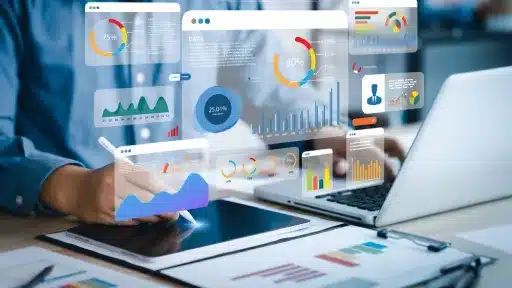Understanding what does PPI measure is crucial for anyone interested in the dynamics of today’s financial landscape. The Producer Price Index (PPI) provides key insights into inflationary trends and the cost pressures faced by producers, which ultimately impact the overall economy and consumer prices. As markets become increasingly complex, grasping the nuances of PPI helps policymakers, investors, and businesses make more informed decisions.
What Does PPI Measure? An Essential Economic Indicator
The Producer Price Index (PPI) measures the average change over time in the selling prices received by domestic producers for their output. Unlike the Consumer Price Index (CPI), which focuses on prices from the consumer’s perspective, PPI captures price changes from the viewpoint of the producer. This makes it a valuable indicator of inflationary pressures at the wholesale level before they trickle down to consumers.
How Is PPI Calculated?
PPI is calculated by collecting price data from producers of goods and services across various sectors. These prices are then weighted according to the economic significance of each item, producing an index that reflects overall price movements. The data is usually reported monthly and can be broken down by industry, commodity type, or production stage.
What Does PPI Measure in Detail?
PPI specifically measures:
- Price changes at the producer level: Prices that manufacturers, farmers, and service providers receive for their products.
- Trend directions: Increases or decreases in wholesale prices that often precede consumer inflation.
- Sector-specific inflation: Allowing analysts to assess which industries are experiencing the most significant price changes.
- Stages of production: Including raw materials, intermediate goods, and finished products.
Why Is Knowing What PPI Measures Important?
Understanding what does PPI measure helps stakeholders anticipate inflation trends, adjust pricing strategies, and make economic forecasts. Since PPI reflects the cost pressures producers face, a rising PPI often signals that consumer prices may soon increase. Conversely, a declining PPI can indicate easing inflation.
How PPI Differs from Other Economic Indicators
While the Consumer Price Index (CPI) and Wholesale Price Index (WPI) are related metrics, PPI offers unique advantages:
- Producer Perspective: Focused on prices received by producers rather than prices paid by consumers.
- Early Inflation Signal: Often changes before consumer prices shift, helping forecast inflation.
- Industry Detail: Provides granular data enabling sector-specific analysis.
Applications of PPI Data
Some common uses of PPI data include:
- Monetary Policy: Central banks monitor PPI to gauge inflationary pressures.
- Business Planning: Companies adjust budgets and pricing based on projected cost changes.
- Investment Analysis: Investors interpret PPI trends to anticipate market movements.
- Contract Adjustments: PPI clauses are often included in contracts to account for inflation adjustments.
Limitations of PPI
Although informative, the PPI has limitations:
- It may not reflect final consumer prices directly since retailers and distributors add their margins.
- Not all goods and services are included, possibly missing some inflation signals.
- Changes in quality or new products can complicate price comparisons over time.
Conclusion: The Vital Measure of Economic Health
In summary, understanding what does PPI measure is essential for interpreting underlying inflation trends and economic health. Whether you’re a policymaker, business leader, or investor, tracking the PPI offers valuable foresight into price pressures within the economy. By analyzing PPI data, you gain a powerful tool to make smarter financial decisions in an increasingly uncertain economic environment.


